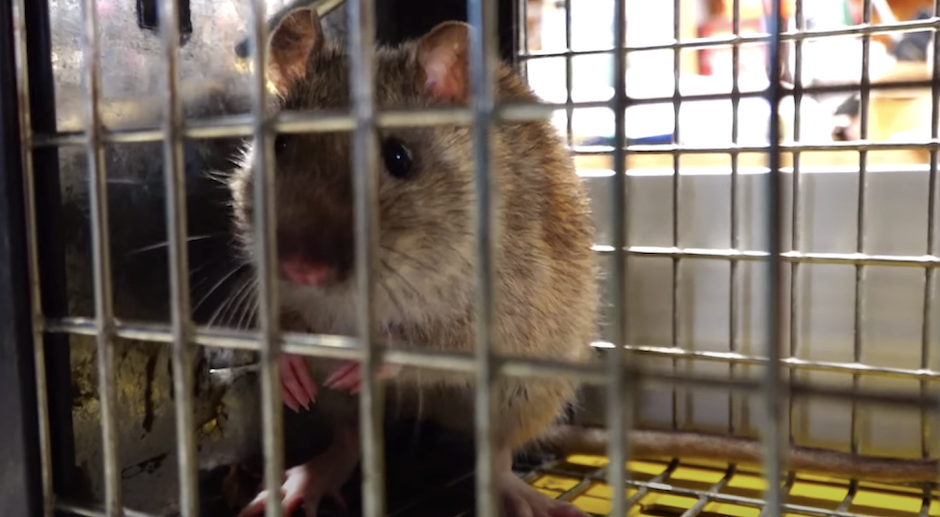Biology of a Norway Rat
Are you pretty much into the biological chapters and verses of rodents? Then we have something that might interest you.
This article has every biological material you might want to know about the 'Norway Rat.' The name might seem unfamiliar to most, however, the term describes the same animal we mostly find lurking and hiding in our attics and stores. It is just another name for the brown rat, also known as Hanover rat, Norwegian rat, lab rat and Wharf rat. Scientists like to call this specie "Rattus Norvegicus." 
Why is it called a Norway rat?
Our specie under discussion accidently got its name from the English naturalist and physician, John Berkenhout, who initially assumed them to arrive from Norway to England via lumber ships. It wasn't until the middle of 19th century when the British Academics began to acknowledge that the rats do not have a Norwegian ancestry. By the 20th century, it became popular that brown rats are native to Central Asia, presumably China.
Dimensions:
A Norway rat can grow up to ten inches in length (25 centimeters) or maybe even longer. Males weigh heavier (350 grams) than the female counterparts (250 grams). Larger variants can also weigh up to 500 grams (now that's significantly heavy!).
Appearance:
These rodents have coarse fur which may vary in colors, from brown to dark or light grey. They are round, stout, have beady eyes and ears that are devoid of fur. Their tails and thin and long, broader at the base and tapering at the end.
Where do they live?
The Norway rats may inhabit any place that has food in abundance. Garbage trunks make one of their favorite grounds, hence, you may often get to hear small 'squeaks' when passing by a garbage dump. They live in large social groups, where size makes the basis of their hierarchy. Larger species dominate the tinier ones. When food is short, the smaller ones are to die first.
Since they are poor climbers, Norway rats generally live under the ground in extensive burrow systems.
What do they eat?
Brown rats like to eat anything; they are classified as omnivores. You may find them feeding on grains mostly, however, ducks, sparrows and mollusks have also been reported to make a part of their menu.
Behavior:
They are nocturnal. They mostly dwell on the grounds and know swimming very well for both under water and surface water. Their bodies are equipped with highly specialized olfactory and hearing systems. Communication between members of same specie takes place via ultrasonic vocalization which may vary according to the situation. For example, a baby rat emits ultrasonic cries when searching for its mother. Rats also emit ultrasonic waves that are of shorter length and higher frequency when socializing and playing.
How fast do they grow?
You can expect Norway rats to multiply twice in number within three months. This is the time period for a female rat to mature on an average. It is capable of producing a litter of seven pups at a time, and the figure may even double up.
How long do they live?
Provided the kind of living conditions, they may survive up to one year in the external environment, and up to two or three years within a laboratory.
Visit our Wildlife Trapper Glen Cove home page to learn more about us.

